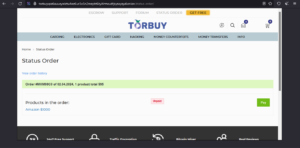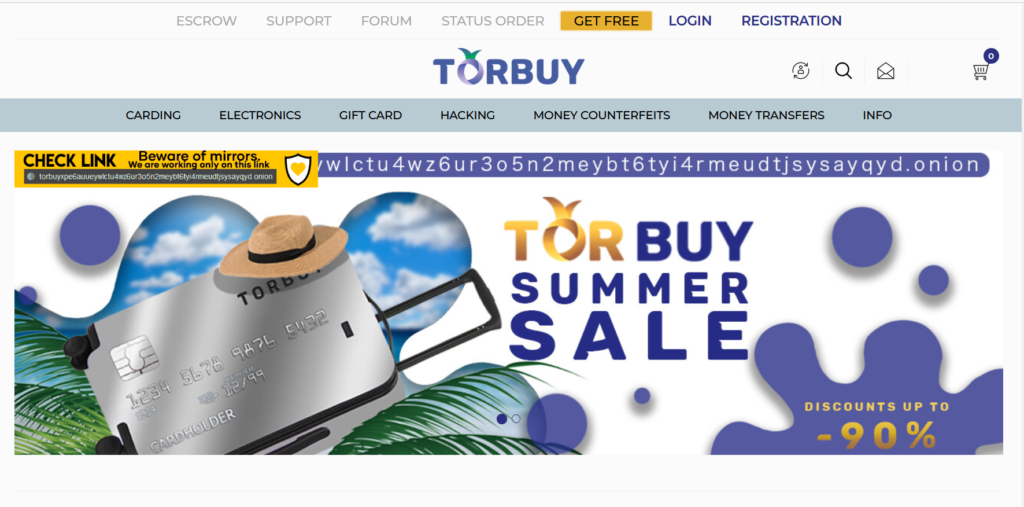Table of Contents
ToggleTorbuy – TOR Scam Report (3)
Onion Link: http://torbuyxpe6auueywlctu4wz6ur3o5n2meybt6tyi4rmeudtjsysayqyd.onion
Scam Report Date: 2024/07/04
Client Scam Report Breakdown
Original Report Summary:
In the provided scam report, the client describes a situation where they were defrauded by a company after placing an order. The client indicates that they made a payment on February 4, 2024, yet, despite the payment, they did not receive the promised product or service from the company. The client also included a transaction ID, specifically “dba460448fb8fc72d2b6ceff057cf172686cfbda6378433db9fb91a788023c27,” which serves as a unique identifier for the payment they made. This identifier can be crucial when attempting to trace the transaction or when reporting the issue to a payment processor or relevant authorities. The frustration of the client is evident, as they are clearly upset about not receiving what was promised, which is a common sentiment among individuals who fall victim to scams.
Photos:

To better understand the terms and elements present in the report, it’s important to define some key terminology. A scam refers to a dishonest scheme or fraud designed to trick individuals out of their money or personal information. In this context, the client believed they were making a legitimate purchase, only to realize afterward that the company had no intention of delivering the goods or services promised. The transaction ID mentioned is a unique code generated for each financial transaction, used to track and identify payments. This ID is essential when dealing with customer service, investigating a fraud case, or filing a dispute with a bank or payment processor. Lastly, the term order refers to the request or commitment to purchase a product or service, usually through an online platform or business. The absence of the promised product or service following the order and payment is what constitutes the scam in this case.
In conclusion, the client’s report highlights a typical online scam scenario, where they paid for a product or service that was never delivered. The inclusion of the payment date and transaction ID provides critical details that could be used in further investigations or disputes. Understanding the terminology such as “scam,” “transaction ID,” and “order” is crucial for comprehending the situation and for taking appropriate steps to address the issue. Individuals encountering similar situations should immediately report the scam to their bank or payment processor, utilize the transaction ID to assist in the investigation, and possibly file a report with local consumer protection agencies or online fraud reporting tools. This case serves as a reminder of the importance of vigilance and skepticism when making online transactions.







